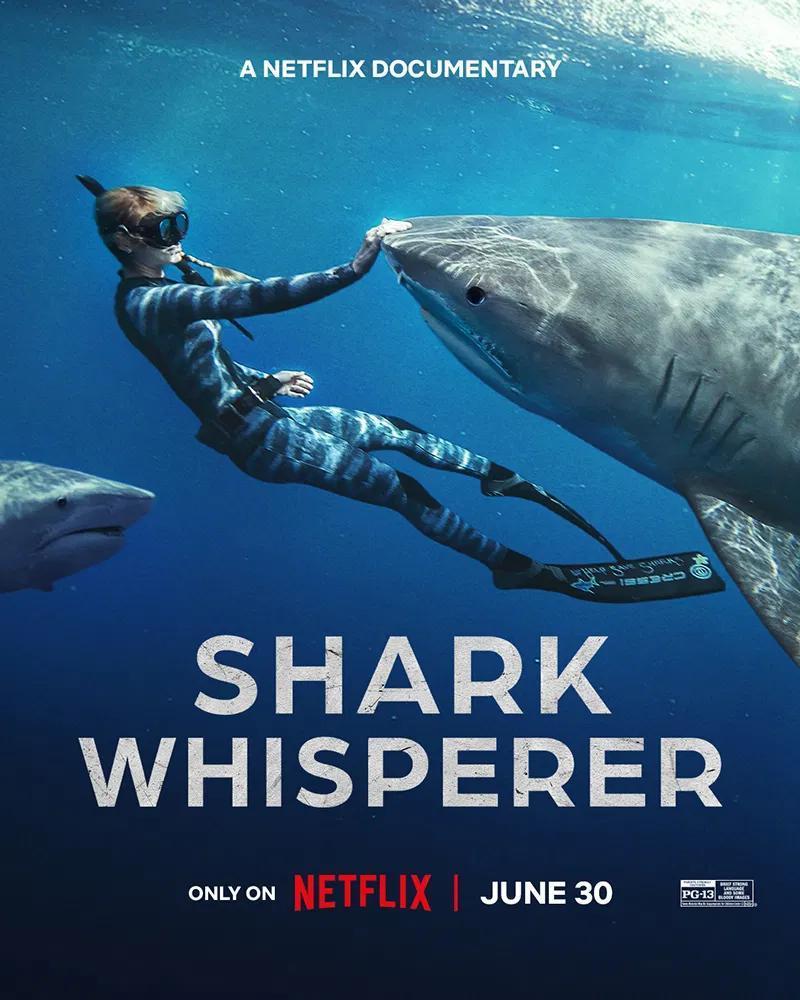
Introduction
The term ‘Shark Whisperer’ has gained traction in recent years, referring to individuals who possess a unique ability to interact with sharks in a manner that promotes understanding, conservation, and safety. As human activities increasingly threaten shark populations, the role of the Shark Whisperer becomes critically important in educating the public about the ecological significance of these majestic creatures.
Who are the Shark Whisperers?
Shark Whisperers are often marine biologists, conservationists, or experienced divers who dedicate their lives to studying and engaging with sharks. One notable example is Ocean Ramsey, a prominent marine conservationist known for her work with shark populations in Hawaii. Through her breathtaking underwater encounters, Ramsey raises awareness on the importance of shark conservation while dispelling common myths that paint these creatures as vicious predators.
Impact on Shark Conservation
Shark Whisperers play a vital role in several conservation efforts. Their direct interactions with sharks allow them to gather crucial data on shark behavior, health, and habitats. Furthermore, by hosting educational tours and public speaking events, they provide valuable insights into the ecological roles sharks play in ocean ecosystems, thus fostering a greater appreciation for these animals. Recent studies indicate that regions with active Shark Whisperer initiatives see a local increase in shark populations and heightened community support for conservation measures.
The Science Behind the Interaction
The practice of becoming a Shark Whisperer includes extensive knowledge of shark species and their behaviors. Successful interactions require patience, understanding, and respect towards the animals’ space and instincts. Training often involves learning how to interpret shark body language and understanding when to engage or withdraw during encounters. Advances in underwater technology, such as drones and underwater cameras, have made it easier for Shark Whisperers to observe without causing disturbance, making their work more effective.
Conclusion
As the world faces significant environmental changes, the importance of figures like the Shark Whisperer cannot be overstated. They bridge the gap between humans and the often-misunderstood world of sharks, fostering both conservation efforts and public education. Looking forward, as education and awareness continue to grow, the hope is for more individuals to become advocates for these incredible creatures. The conservation of sharks is not just about preserving a species; it’s about maintaining the health of entire marine ecosystems. The success of Shark Whisperers shines a light on the potential for positive change in marine conservation efforts worldwide.

